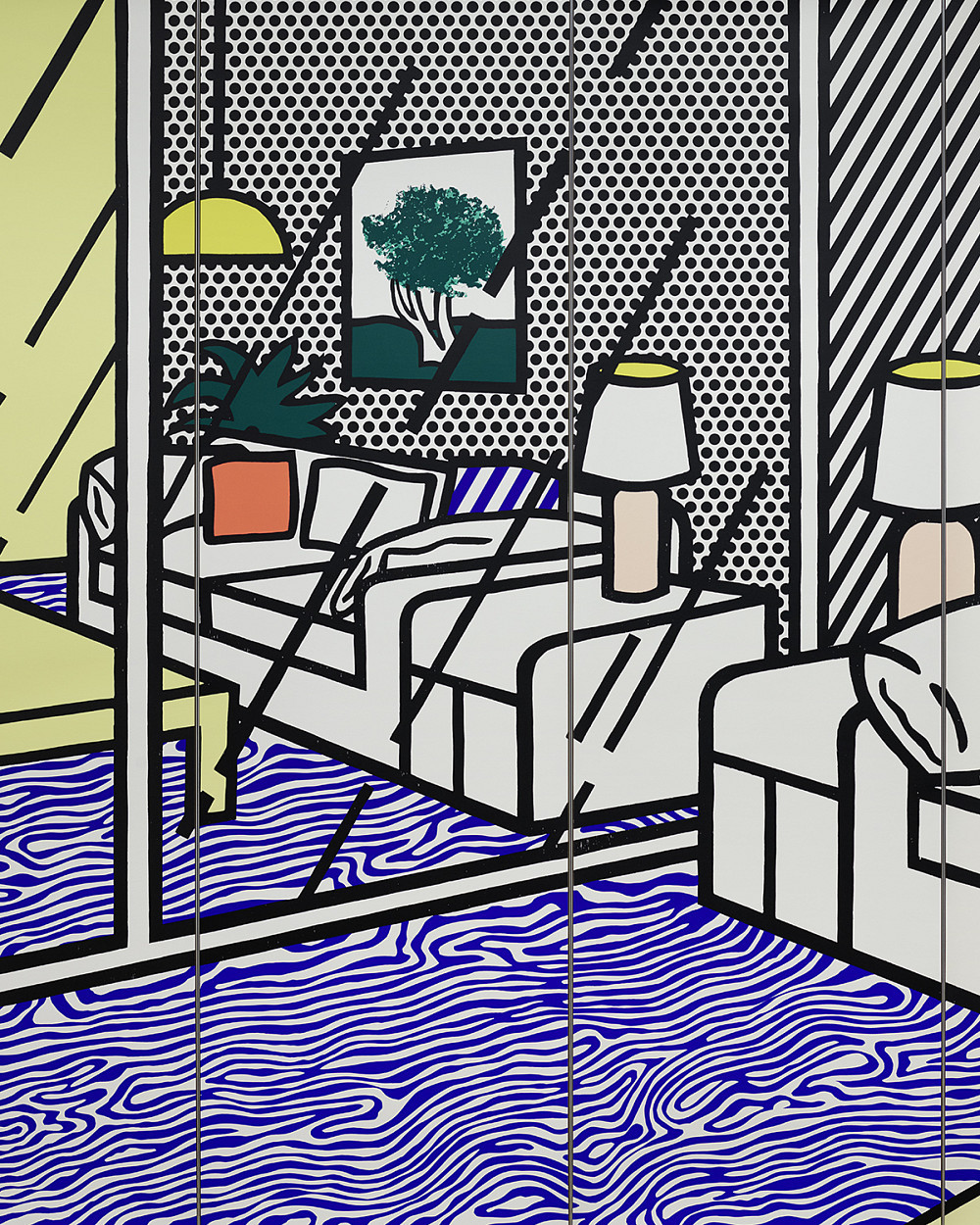SPOTLIGHTS

Modern exhibition concepts pay particular attention to the communication of art. In order to present art to a broad public in a way that is both exciting and easily accessible, a new tool is being added to the exhibition: the new concept SPOTLIGHT makes it possible to show the diversity of the constantly growing collection by means of individual, self-contained themes. The centuries-long dialogue between different artists can be explored in greater depth through cross-referencing. This results in new perspectives and references in a wider art historical and social context.